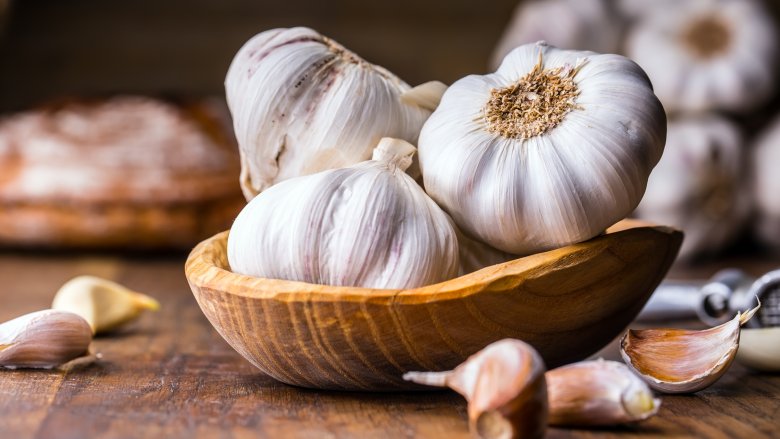



Australia possesses a small but growing garlic industry. Nevertheless, most of the supply is accumulated by imports from other regions. The countries that provide the garlic supply are China, Africa, Taiwan, New Zealand and the USA. This necessary vegetable can be identified as a close relative of onions, leeks and chives. When it comes to size and growth, this particular vegetable resembles the onion in all parameters. It has a shallow, fibrous root system and a modified and flattened stem which forms the base on which the cloves develop. Flowers are produced only sometimes and are sterile. However, it does not have true seed. As a result, garlic is normally propagated from cloves. Collectively, the cloves comprise the bulb, which is covered by a thin sheath at the base of the foliage leaves.
Garlic grows best on fertile, well-drained, loamy soils. Any soil suitable for onions is satisfactory. Heavy clay soils that are not self mulching may cause misshapen bulbs and make harvesting difficult. The best monthly average temperature range for growing garlic is from 130 to 240 C. For this reason garlic is grown as a winter/spring crop in New South Wales. The potential yield of the plant depends on the amount of vegetative growth made before bulbing commences. Furthermore, maturity is reached from early November to January. High yields can be obtained only if the plant has had sufficient time and favourable conditions before the onset of bulbing. The general rule is the longer the vegetative period, the larger the bulbs and the higher the yield.
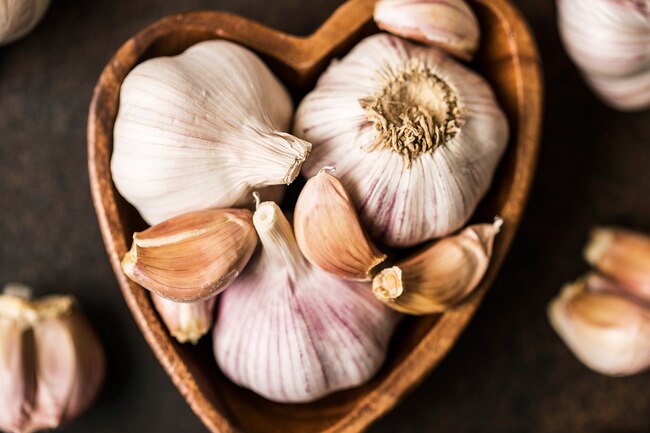

As of June 2019:
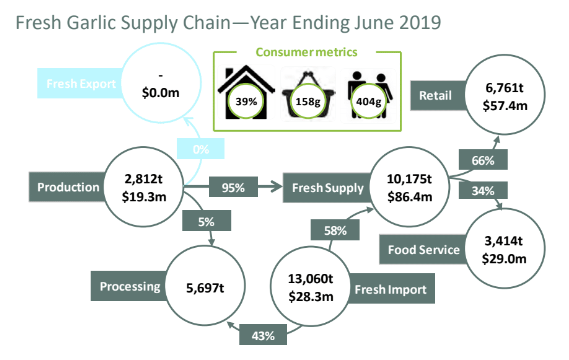

This vegetable that is abundantly grown all across Australia. Nonetheless, the major production areas include the Lockyer Valley in Queensland and the Sunraysia region in Victoria.
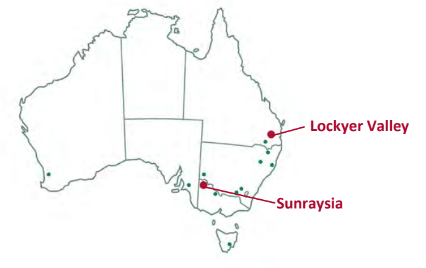

Australia is primarily a net importer of this vegetable. Therefore, it imports close to 13,000 tonnes per year. As of June 2019, Australia imported 13,600 tonnes of fresh garlic and simultaneously exported 88 tonnes. Garlic exports amount to less than 1% of Australia’s total export volume.
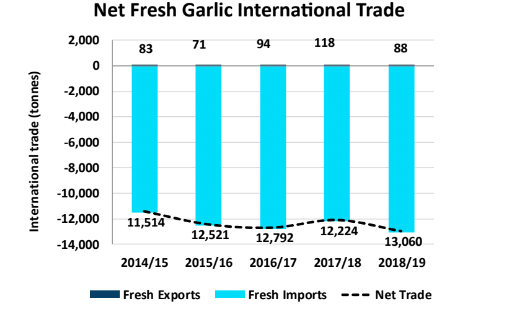

Article by: Hari Yellina (Orchard Tech)